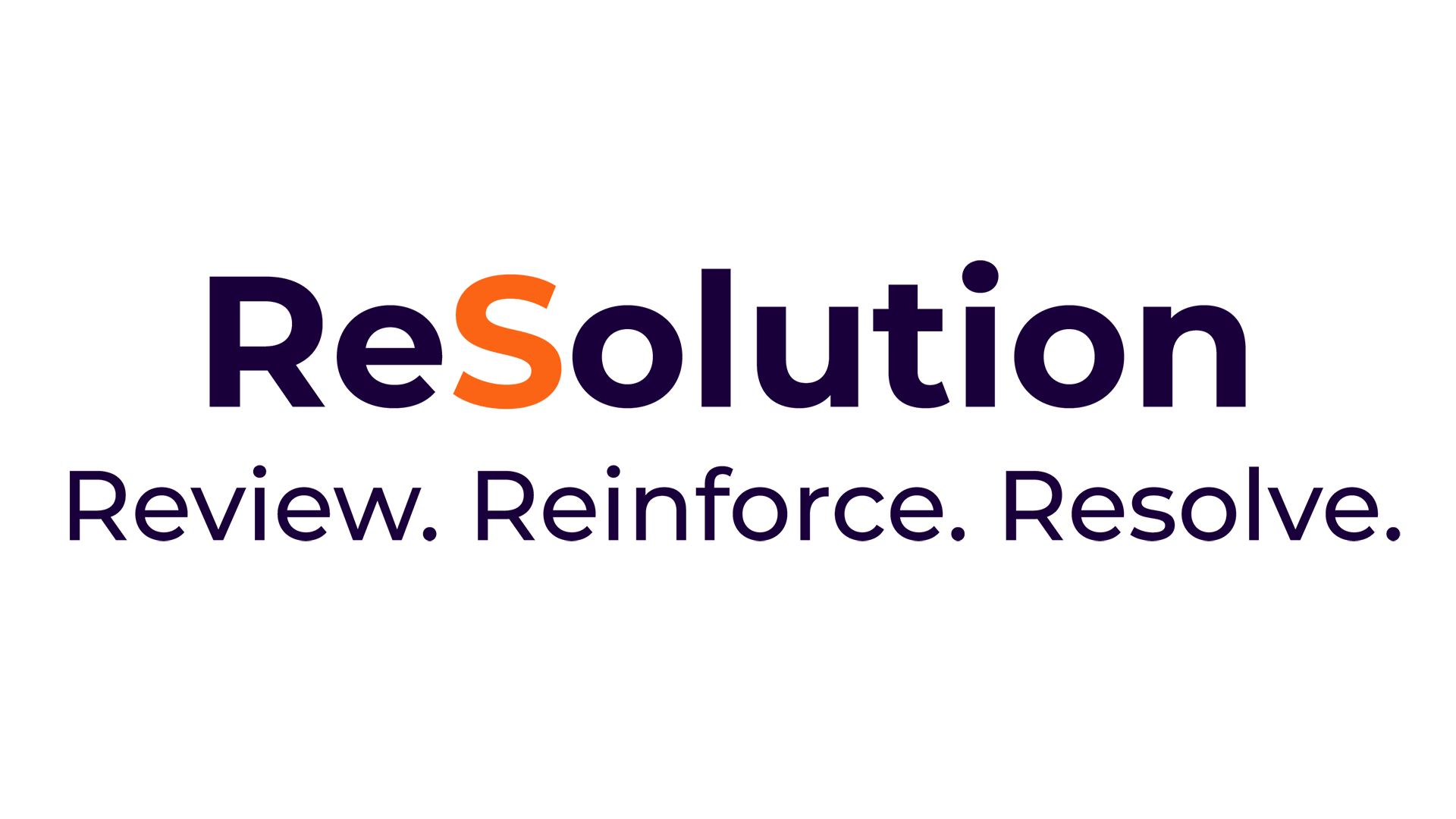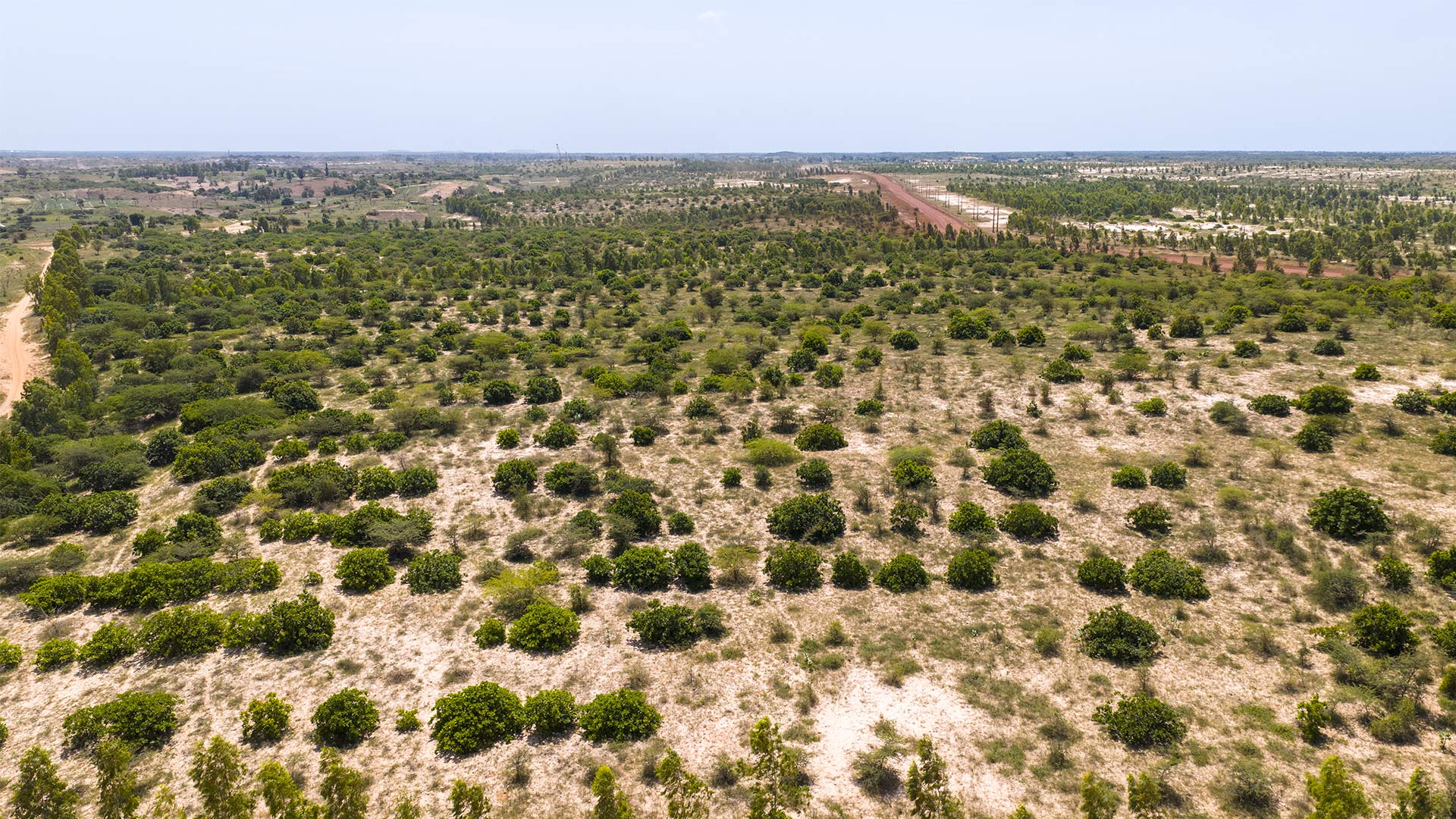Sustainably increasing community incomes through concrete, hands-on actions in the field: this is the ambition of Eramet Beyond, our development program for positive-impact activities beyond the Group’s mining operations.
An illustration of this is in Argentina, in the Gran Chaco province, four hours from Salta, with one of the flagship Eramet Beyond projects launched this year: “Farmers for Future”, in collaboration with the Gran Chaco Foundation. The initiative aims to support local communities in agroforestry, fruit and vegetable cultivation, and water access.
“Farmers for Future” in figures:
- Support 80 farming families through simple infrastructure improvements and better water access.
- Train 800 women and men to strengthen their skills in sustainable agriculture and improve the structuring of their activities.
- Energize a regional network of 5,000 producers by encouraging the sharing of experiences and best practices.




